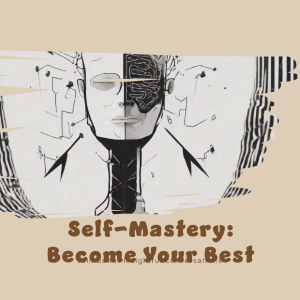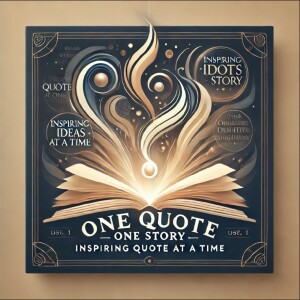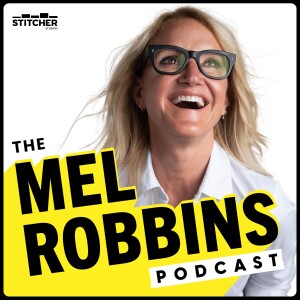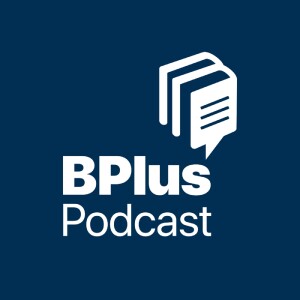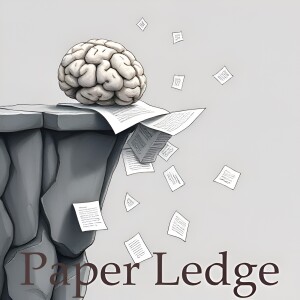

Hey PaperLedge crew, Ernis here, ready to dive into some fascinating research! Today, we're tackling a paper about how we can make AI language models, you know, like the ones powering chatbots and search engines, a whole lot smarter and more efficient with their learning.
Think of language models as sponges soaking up information from the internet. They're trained on massive amounts of text to understand language and learn facts. The problem is, they're kind of slow learners. To truly get something, they need to see it repeated countless times, sometimes hundreds or even thousands of times! That's like having to hear the same joke a million times before you finally understand it.
Now, what happens when you want to train a language model on a specific topic, like, say, the history of your local library or the details of a new medical breakthrough? You might only have a small collection of documents. This is where the paper comes in!
These researchers are proposing a clever solution called synthetic continued pretraining. It's like giving the language model a turbo boost for learning in specialized areas. The core idea is to use your small collection of specialized documents to create a much larger, synthetic dataset that's easier for the model to learn from. Think of it as making learning easier by creating a bunch of helpful flashcards.
They've built a specific method called EntiGraph to do just that. EntiGraph works by:
- First, identifying the important people, places, and things (the entities) in your documents.
- Then, it starts connecting these entities in different ways to create new sentences and paragraphs. It's like taking LEGO bricks and building tons of different structures from them.
So, instead of just reading the same facts over and over, the model gets to see those facts presented in a variety of creative and interesting ways. This helps the model understand the underlying relationships and connections much faster.
The researchers show that by using EntiGraph to create this synthetic data and then further training the language model on it, they can significantly improve its ability to answer questions and follow instructions related to the original, specialized documents. It's like giving it the ability to recall information from a source it hasn't explicitly seen.
Even cooler, they found that this approach works even better when combined with retrieval-augmented generation. That means, if you do have access to the original documents when asking questions, the model can use both its learned knowledge and the documents to give even more accurate and insightful answers. It's like combining your existing knowledge with access to an encyclopedia!
The paper also dives into the math behind why EntiGraph works so well, showing how this synthetic data augmentation helps "rearrange" knowledge in a way that makes learning more data-efficient. This is like finding the optimal way to organize your notes so you can study more effectively.
Why does this matter?
- For researchers: This provides a powerful technique for adapting large language models to specialized domains without needing massive datasets.
- For businesses: This could be used to build AI systems that understand and respond to questions about their specific products, services, or internal documents.
- For everyone: This research brings us closer to AI that can learn and understand complex topics more easily and efficiently.
So, some things to ponder...
- Could this approach be used to teach language models about even more abstract concepts, like ethics or philosophy?
- How might we adapt EntiGraph to work with different types of data, like images or videos?
- What are the potential risks of using synthetic data to train AI models, and how can we mitigate them?
That's all for today's deep dive! Hope you found it insightful. Keep learning, PaperLedge crew!
Credit to Paper authors: Zitong Yang, Neil Band, Shuangping Li, Emmanuel Candès, Tatsunori Hashimoto
More Episodes
All Episodes>>Create Your Podcast In Minutes
- Full-featured podcast site
- Unlimited storage and bandwidth
- Comprehensive podcast stats
- Distribute to Apple Podcasts, Spotify, and more
- Make money with your podcast
